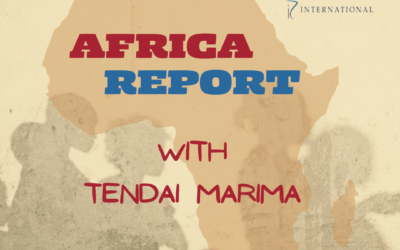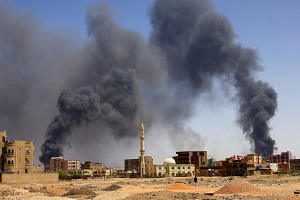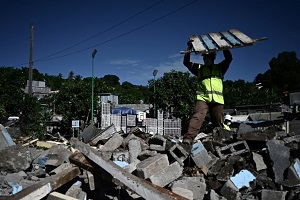Faizel Patel, 2016-06-09
Have you ever wondered where the biggest iftaars in the world are?
At least 1.6 Billion Muslims across the globe are currently observing the blessed month of Ramadan which requires them to abstain from eating, drinking and smoking from dawn to dusk.
As Islam is known to be a religion of peace and unity, the holy month of Ramadan is associated with the time when every Muslim is truly united together, regardless of class or ethnicity.
Everyday just before dusk thousands of Muslims are brought together when it is time to break fast.
Mass gatherings for Ifthar are regular trends every year and these are some of the biggest in the world:
Masjid un-Nabawi one of the biggest ifthars. More then 12,000 meters of table cloth are stretched daily in the masjid area. Approximately 300,000 Muslims are served with ifthar meals at an estimated cost of 1 Million Saudi Riyals (R 4.2 Million Rand).
Consumption includes 130,000 litres of Zam Zam, 50,000 litres of Arabic Coffee, 300,000 bread rolls, 50,000 litres of yogurt and milk and 50,000 litres of fruit juices and 40 tonnes of dates daily.
The ifthar doesn’t last more than 15 minutes and the meal is sponsored by various benefactors.
In the Haram in Makkah, the number of dates consumed daily is estimated to be more than 5 million pieces. And as in Medina, 15 minutes after the fast ends, the entire masjid is spotless without and signs of food or drink.
In Iran, over 400 volunteers work without salary, to prepare ifhtar and dinner for 12,000 people every night at the Imam Reza Shrine in Mashhad. The volunteers work around the clock in shifts, working with fresh herbs, cheese, over 4 tonnes of quality rice and 3.5 tonnes of fresh meat every day.
The Sheikh Zayed Grand Mosque in Abu Dhabi provides Ifthar to around 22,000-25,000 people per day. Special tents segregate the men from women and children, with police patrol and ambulances on call and ready to ensure smooth traffic.
The Jama Masjid, Delhi which is nearly 360 years old and India’s biggest masjid has massive courtyards where thousands gather to break their fast. The food varies little from one group to the next: bowls of dates and sliced fruit, bottles of cold sherbet, casseroles of biryani and rich meat gravies, plates of crackers and bowls of nuts.
-Source: The Financial Express







0 Comments